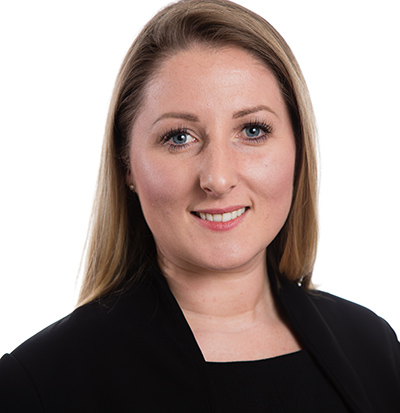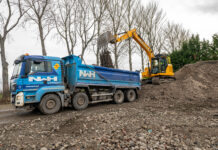
By Afton Montgomery, associate director at Avison Young, Scotland
Three years on from the pandemic and some bosses want everyone to return to office.
Most commercial offices effectively closed overnight in March 2020 and while the exit was instant, the return has been sluggish and there is a sense that, for now at least, we have reached a plateau. While office take-up enjoyed a slight uplift in 2021 and 2022, it has laboured and remains at its lowest level since 2013, excluding 2020.
Powered by technology and driven by changing staff behaviours, the role of the office has changed. Where it was once the base of operations, today it forms just one site in a network of workplaces that consists of anywhere with a power supply and wi-fi. Beyond providing the backdrop to completing tasks on the to-do list, the office has a much greater role: it is the physical embodiment of the brand, the visions and the personality of any business. It is where culture is lived, and culture is crucial to creating a dynamic workplace where staff can be both productive and comfortable.
Office attendance has naturally decreased because of hybrid working and organisations are now considering how to optimise property and ensure value for money by ‘right-sizing’ their current and future needs.
Occupier take-up shows downsizing is the trend here, with deals of 25,000 sq ft and over comprising 28% of transacted space, down from an average of 40% in the five years before the pandemic. In existing offices where hybrid working is the norm, we typically see Mondays and Fridays having lowest attendance in the office, with a midweek peak. Businesses considering changing their workplaces to accommodate this shift in pattern are approaching a pivotal crossroads and have the perfect opportunity to reshape their office spaces around their biggest asset – their staff.
Staff engagement is a vital step on the journey to shaping an inclusive working environment and by bringing employees on the design journey it offers staff an opportunity to contribute ideas and communicate their needs. By taking heed of the contributions and implementing innovative design solutions, employers are showing that they value the input. Designing the office around them means staff will not only have a workplace that is right for their needs but will be more invested and take pride in the outcome – this might just encourage them to come and enjoy the space more.
In terms of the physical space, we have seen an increase in specialist facilities such as prayer rooms and feeding rooms that have very specific design considerations by way of orientation, privacy and facilities. Importantly, employers are increasingly aware of mental wellbeing and the needs of neurodiverse staff, and are embracing the opportunity to incorporate spaces, features, furniture, lighting and finishes to provide the most supportive, comfortable and inclusive environment.
Bringing staff on the journey can also generate important positive by-products such as staff retention and attraction. Improving staff retention of course means valuable time is saved on costly recruitment and training processes. For prospective talent, knowing that the organisation values staff and listens and responds to their needs is an attractive quality, helping employers attract top talent.
A sustainable workplace goes beyond design. We are seeing an increased demand for Grade A office space to help reach sustainability targets and in our experience, employee wellbeing is often a by-product of Grade A commercial space. These themes are also being included in the next generation of office development, for example CADWORKS in Glasgow, a project we recently completed. The building is considered one of the most sustainable buildings in Scotland and has been designed with the health and wellbeing of the user in mind, whilst positively impacting the city centre. It is the first office space in Scotland with an integrated bike ramp into the building, as well as bike storage facilities, lockers and showers, aimed at encouraging users to cycle into work and ultimately reduce emissions in the city centre where the new Low Emission Zone (LEZ) is enforced.
The saying, ‘build it and they will come’ is in my mind when I’m working to help clients reimagine their offices. The office space should be viewed as a key component in the business, and the design as an exciting opportunity to invest in the organisation’s human capital.







